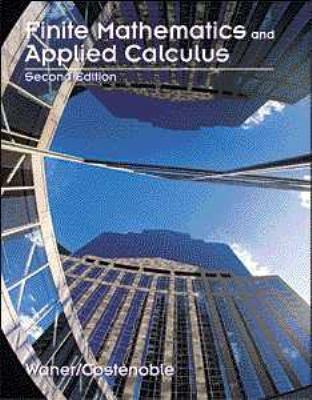Question
The standard background of observed neutrons is almost entirely from cosmicrays interacting with the surrounding environment and follows a distribution with a mean of 10
The standard background of observed neutrons is almost entirely from cosmicrays
interacting with the surrounding environment and follows a distribution with a mean of
10 neutrons per second for a particular detector and a standard deviation of 3.16 neutrons.
Suppose that a study is done by counting the number of neutrons in each of 169 one second
intervals.
a. What is the distribution of the sample mean number of neutrons per one second (give
the name of the distribution and appropriate parameter values)?
b. What is the probability that the sample mean number of neutrons per one second
interval is larger than 9.684?
c. Find the 99.5th percentile of the distribution the sample mean number of neutrons per
one second interval in this case.
d. The researcher collected some data decided to compute a 90% confidence interval for
the mean number of number of neutrons per one second interval. Consider the
following statement: "There is a 90% chance that the true mean number of neutrons
per one second interval, , is in the interval found by the researcher". Is this
statement correct? Why or why not? Explain.
Step by Step Solution
There are 3 Steps involved in it
Step: 1

Get Instant Access to Expert-Tailored Solutions
See step-by-step solutions with expert insights and AI powered tools for academic success
Step: 2

Step: 3

Ace Your Homework with AI
Get the answers you need in no time with our AI-driven, step-by-step assistance
Get Started


